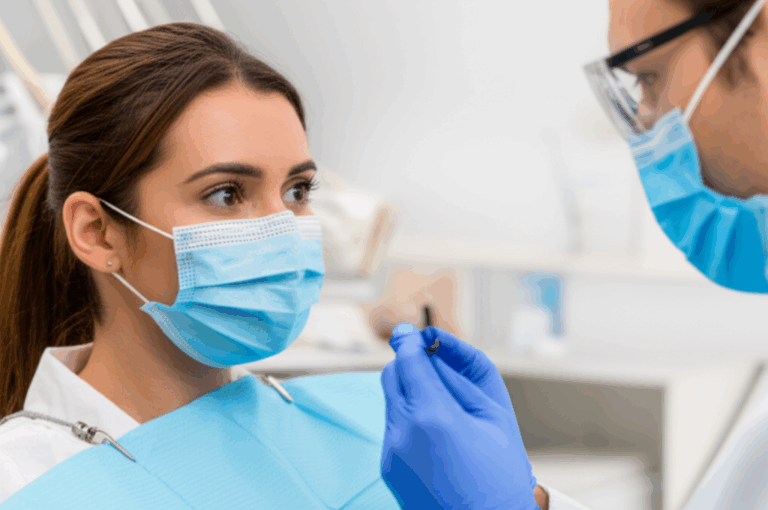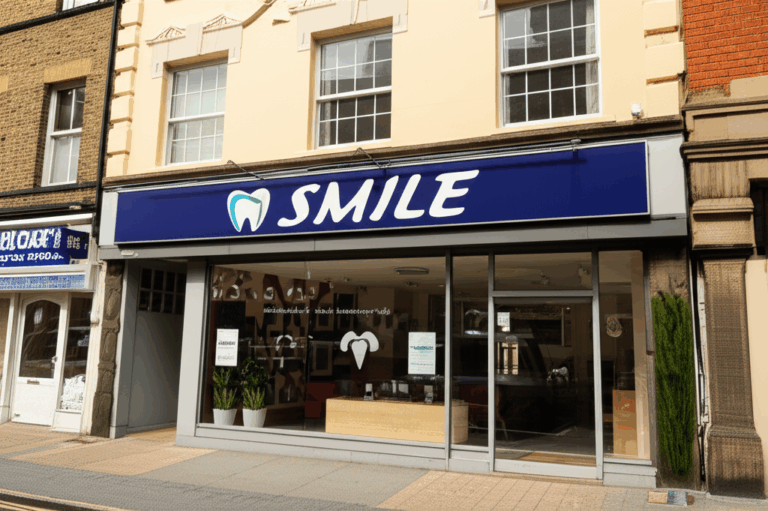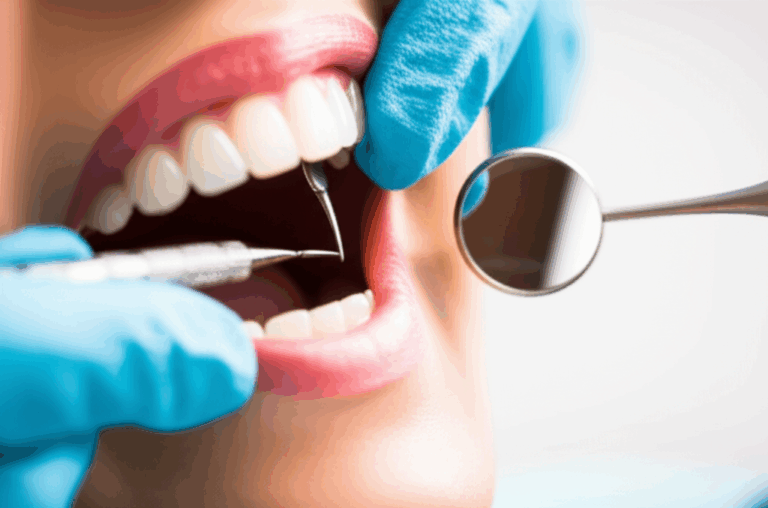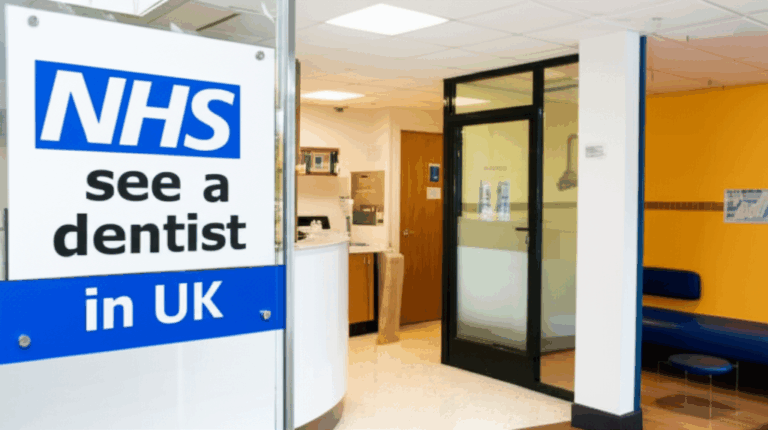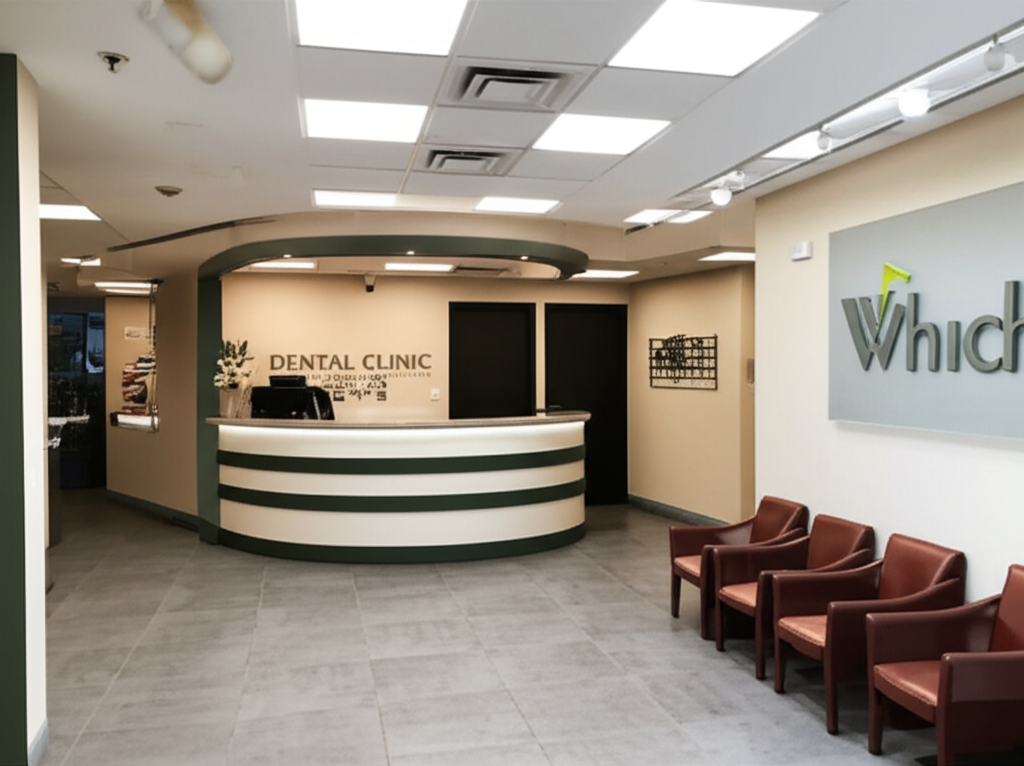
Which Dental Clinic Accepts Medicaid? Your Friendly Guide to Affordable Dental Care
Are you looking for a dentist that takes Medicaid, but running into dead ends, confusing answers, and lots of waiting? You’re not alone. Every year, millions of people with Medicaid go through the same thing—trying to find a dentist who really says “yes” to their insurance. Maybe you just got Medicaid. Maybe your old dentist doesn’t take it anymore. Or maybe your teeth just hurt and you’re ready for help.
If that sounds like you, take a moment and breathe. This guide is here for you! I’ll show you, step by step, how to find a Medicaid dentist and understand your coverage, talk about common problems, and give you simple things you can do today to help your teeth.
In This Article
- Introduction: Navigating Dental Care With Medicaid
- Understanding Medicaid Dental Coverage
- How to Find a Dental Clinic That Accepts Medicaid
- Tips for a Smooth Search and Visit
- What If You Can’t Find a Medicaid Dentist?
- Frequently Asked Questions
- Taking Charge of Your Dental Health Journey
Introduction: Navigating Dental Care With Medicaid
Let’s be real—finding a dentist for Medicaid can be stressful. It can feel like looking for buried treasure—you think it’s there somewhere, but you’re not sure how to start. Here’s the truth: Only about 30–40% of dentists in the U.S. take Medicaid, and it really depends on where you live. Still, taking care of your teeth is important. Good oral health is about more than just no pain or a nice smile—it’s connected to your whole body health.
Why is it so hard to get care with Medicaid? A big reason is Medicaid dental rules change a lot from state to state and even year to year. But don’t worry. We’ll break it down so you can get the help you need.
What You’ll Learn Here:
- What Medicaid covers for dental, for both kids and adults
- Step-by-step tips for finding a dentist or clinic that takes Medicaid
- What to do if no one is taking new patients or if you’re having trouble booking
- What your visit will be like and how to get ready
Ready to start? Let’s look at what Medicaid can actually do for your teeth.
Understanding Medicaid Dental Coverage
Before you start calling around, let’s talk about Medicaid’s dental coverage—it’s different for everyone, depending on your age, your state, and even the dental office.
A. Kids vs. Adults: How Medicaid Dental Coverage Works
Children:
Good news here—if your child (or stepchild or a kid you take care of) is on Medicaid, all states must cover dental for kids under the EPSDT benefit. That means checkups, cleanings, x-rays, cavity fillings, and even braces if really needed are usually part of the deal.
Adults:
Now it gets complicated. Adults are treated very differently, depending on the state. Some states only cover emergency dental work, like pulling a painful tooth. Others cover things like cleanings and fillings. A few states don’t pay for regular adult dental visits at all.
Pro Tip: Don’t guess! Look at your state’s Medicaid website, or call your plan to find out what’s actually covered for you.
B. What Medicaid Usually Pays For
You might be happy to hear Medicaid often covers more than you think (especially for kids). This is what you’ll usually get:
- Preventive Care: Teeth cleanings, dental checkups, x-rays, fluoride treatments
- Basic Fixes: Cavity fillings, simple tooth pulls
- Emergency Dental Help: Pain relief, treatment for infections, urgent tooth pulls
C. What Medicaid Rarely Pays For (Or Puts Limits On)
Some things aren’t usually covered under Medicaid:
- Braces for Adults: Usually not covered unless you have a major health reason
- Cosmetic Work: Things like teeth whitening or veneers aren’t included
- Dentures or Implants: Some states cover these, but most don’t—check to be sure
D. How to Know for Sure What You Get
- Read your Medicaid Handbook: Most states give you a booklet when you sign up.
- Go to your state’s Medicaid website: They should have a dental info page sorted by age.
- Call your plan: If you have a managed care plan, use the number on your card to ask about dental benefits and for a list of Medicaid dentists.
Quick Checklist:
- Does my state cover dental care for adults with Medicaid?
- What kind of treatments are covered (fillings, pulling teeth, cleanings)?
- Is there a money limit per year?
How to Find a Dental Clinic That Accepts Medicaid
Let’s get you an appointment, not a headache. Here are some good ways to find a dentist who takes Medicaid.
A. Start With Your State Medicaid Website
Nearly every state has an online list or search tool. It’s like ordering pizza—pick your area, choose “dental,” and check off “Medicaid.” Then you’ll see a list of offices that take Medicaid.
How to Do It:
Pro Tip: The lists get old fast. Always call the dental office before you show up—ask if they are taking new Medicaid patients.
B. Contact Your Medicaid Plan (Managed Care Organization)
If your Medicaid card shows a company name (like Delta Dental, DentaQuest, or MCNA), go to their website or call the member phone number. You can search for dentists on their site, or talk to a live person who will help you find a dentist near you.
C. Federally Qualified Health Centers (FQHCs)
These are special clinics paid for by the government, set up for anyone in the community. They almost always take Medicaid and offer dental care.
How to Find One:
- Use the HRSA Health Center Finder (search “HRSA Find a Health Center”)
- Enter your zip code for a list of clinics nearby
FQHCs are really helpful, especially in smaller towns or if other dentists turn you away.
D. Dental Schools and Teaching Clinics
Many dental schools have their own clinics, where dental students (watched by experienced dentists) work on patients. Costs are usually lower, and most accept Medicaid. These visits can take a bit longer, but the care is very good.
How To Check:
- Search “[your city] dental school clinic”
- Call to ask if they take Medicaid
E. Public Health Departments
Your city or county health department often keeps a list of clinics, especially those that take Medicaid or work on sliding scale fees based on your income.
Ask them:
“What are my dental options for kids or adults with Medicaid in this area?”
F. Try Online Maps and Directories
On Google Maps, type “Medicaid dentist near me.” You can also look on sites like Healthgrades or Zocdoc. Just remember—call to check that they still take Medicaid before you go.
G. Make the Call
Before you book, call and ask:
- Are you taking new Medicaid patients?
- What dental work can I get with Medicaid?
- Do I have to pay anything at the visit?
- What should I bring with me?
H. Community Groups and Word of Mouth
Ask people you know—family, friends, school nurses, church groups—who they go to with Medicaid. Local groups or United Way chapters sometimes have their own lists, too.
Tips for a Smooth Search and Dental Visit
It’s not always easy, so here are some things to know before you go.
A. What to Bring
- Your Medicaid card
- A picture ID
- Anything that proves you have Medicaid (sometimes a letter or a recent pay stub)
- Any forms they ask for (call ahead to see)
B. Be Patient and Keep Trying
- You might need to call a few different offices. Only about a third of dentists take Medicaid, and some are full.
- If you don’t have luck, try FQHCs, dental schools, or clinics in the next town.
C. Waitlists and New Patient Rules
Some dental offices may not be taking new patients on Medicaid, or you might be put on a waitlist. Don’t give up—this is normal.
D. Expect Some Wait Time
Getting a regular checkup may take weeks or, in rare cases, even a couple of months. This is more common in small towns or rural areas.
E. Got a Dental Emergency?
Pain, swelling, infection, or injury?
- Ask if the dental office has room for emergency Medicaid visits the same day.
- If it’s really serious and you can’t find a dentist, ERs are required to treat things like dental infections, though they might only offer pain relief.
F. Know About Costs
Most Medicaid plans pay for basic care, but some adult plans charge a small co-pay. Ask the office before your visit so you’re not surprised.
What If You Can’t Find a Medicaid Dentist?
Sometimes you do everything right, and still can’t find care. Here’s what you can try.
A. Other Low-Cost Dental Care Options
- Sliding Scale Clinics: Costs are based on your income. Many take Medicaid, too.
- Non-profit Dental Days: Charities and groups like United Way or Mission of Mercy sometimes hold free clinics for dental care.
- Dental Schools: Still a solid choice for cheaper care and they usually accept Medicaid.
B. Dental Discount Plans
Some companies offer plans where you pay less for dental care at certain offices. These are not insurance, but you might save money. Be sure you understand the costs and compare with your Medicaid benefits.
C. Hospital ER
For truly serious emergencies (like bad infections or broken jaws), go to the ER. By law, they can’t turn you away if it’s a real medical emergency, but they usually only offer quick fixes, not full dental care.
D. Speak Up for Change
If you keep running into problems, let your local health department or your state’s Medicaid office know. You can also tell your story to push for better dental access in your area.
Frequently Asked Questions
1. How often does Medicaid pay for teeth cleaning?
It depends on your state. Some let you get your teeth cleaned twice a year, others just once, and adults usually get less than kids. Look at your benefits or call your plan to check.
2. Will Medicaid pay to take out wisdom teeth?
Often, yes—especially if you need it for a health reason. The same goes for some oral surgery. Always ask your dentist first.
3. Can I get braces as an adult with Medicaid?
Almost never. Adult braces are not usually covered unless you have a big health need. Kids may qualify if they have special problems.
4. What if Medicaid won’t pay for the care I need?
The dentist may file for special approval, or you can appeal the decision. If the care is denied, check out sliding scale clinics, dental schools, or local programs that give dental help.
5. What do I bring to my first appointment?
Take your Medicaid card, picture ID, and anything that proves you have Medicaid (like a letter). If you can, fill out new patient paperwork before you go.
Need more helpful info? Our dental practical guide tells you what to expect at your first dentist visit.
Taking Charge of Your Dental Health Journey
Here’s what’s most important:
- Medicaid dental rules are different everywhere—always double-check your state’s rules!
- Good places to look for care: state Medicaid sites, your plan’s website or phone line, community health centers, dental schools, and your local health department.
- Always call the dental office to see if they take Medicaid and are seeing new patients.
- Bring all your IDs and Medicaid papers when you go.
- If you hit a wall, try sliding scale clinics, charity dental days, dental schools, or speak up for more local dental help.
- Remember, brushing, flossing, and eating healthy at home makes a big difference and can help prevent bigger problems in the future.
Medicaid can be confusing, but you’re already making the first step by doing some homework for your health. You’ve got a plan to follow now.
Want to know what really happens at the dental office? Check out our patient dental section for info on check-ins and treatments.
Still curious about how dental tech is changing things? Take a look at how a digital dental lab makes getting new dentures or crowns more high-tech and faster for everyone.
Your Next Steps
- Look at your Medicaid card and check for the right phone numbers.
- Search your state website or Medicaid plan’s online list for dentists who take your insurance.
- Be persistent—try a few different places, ask friends and family, and check for community health clinics or dental schools.
- Keep up your home care so you’re ready for that dental visit.
- Tell your story—every time you speak up or ask for help, you help make dental care easier for the next person.
You deserve a healthy smile and a dentist who really cares. Use this guide like your roadmap, and don’t give up! You’ve got this.

